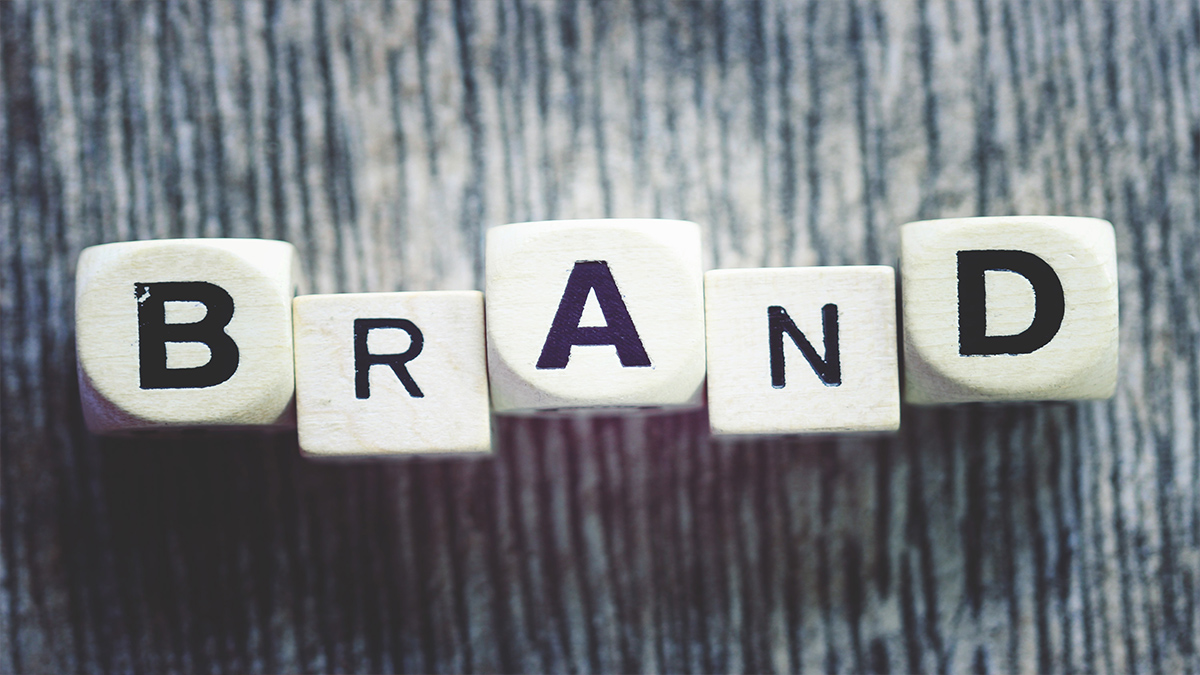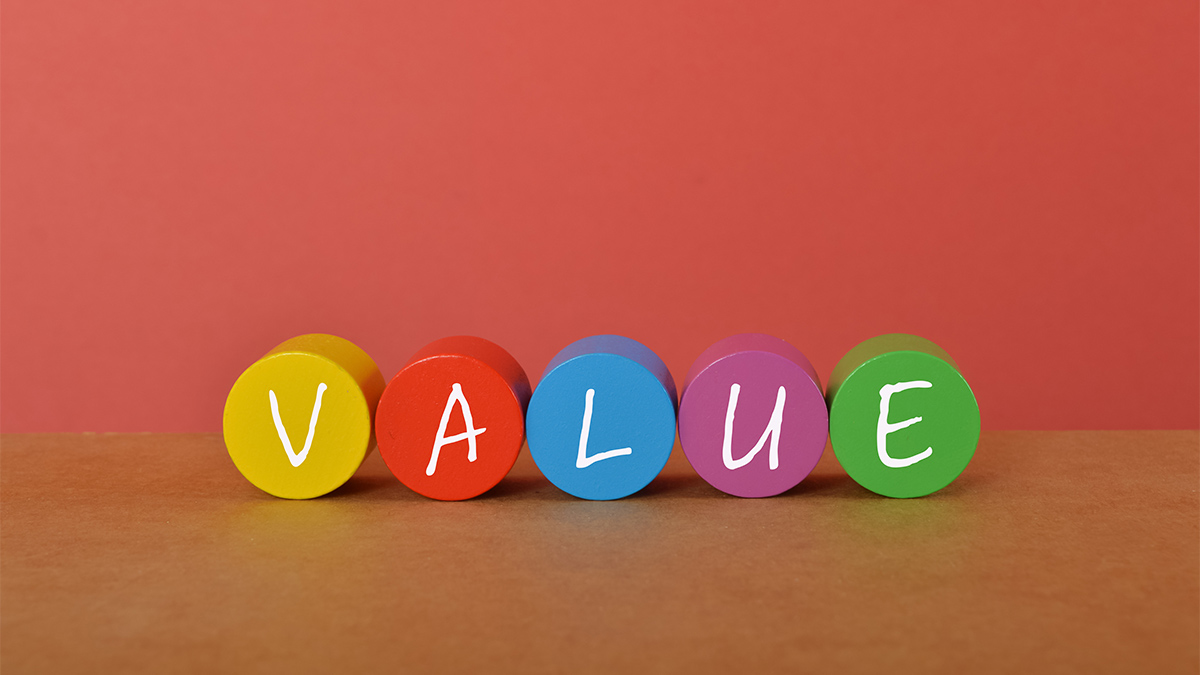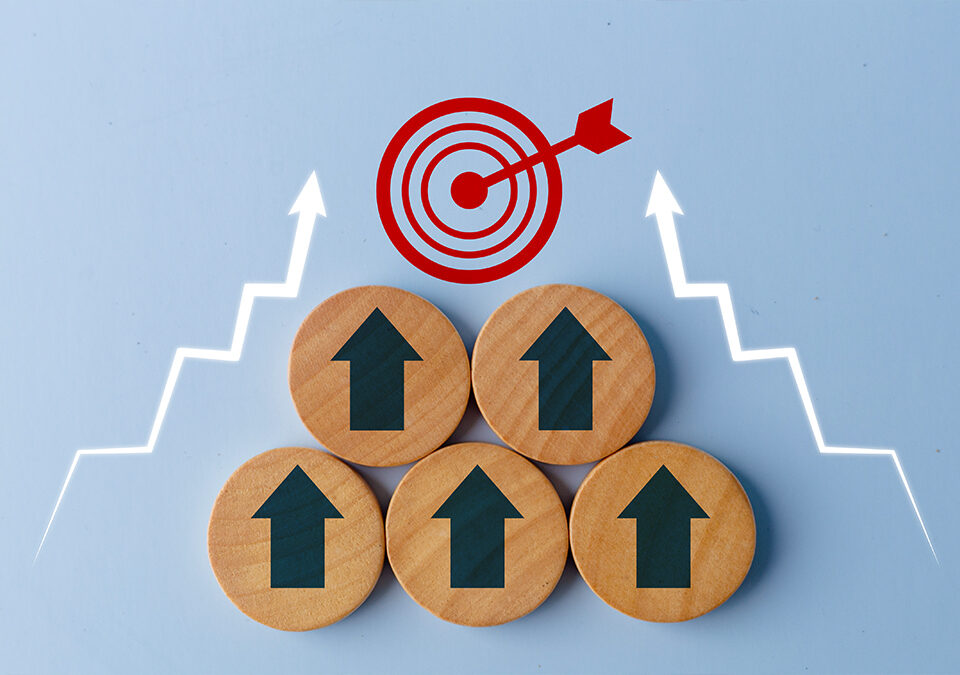
What happens when a brand fails its community?
August 25, 2023
Customer Acquisition Cost
September 8, 2023The value of a client throughout their association with a company is known as the customer lifetime value (CLV). By calculating a customer’s lifetime value, organizations can better tailor their approaches to marketing, sales, and retention to increase revenue. The lifetime value of a customer is much more important than the sum of money they spend in a single transaction. By calculating a customer’s lifetime value, organizations can better tailor their approaches to marketing, sales, and retention to increase revenue. Now let’s have a deeper look into CLV.
What makes customer lifetime value crucial?
CLV is crucial because it provides a quantitative metric for gauging the worth of a customer over time, which can then be used to inform strategic decisions. CLV aids companies in achieving:
- Determine who is contributing the most money, and work to keep them as clients.
- Put clients into value-based groups and then use those groups to inform marketing, sales, and service decisions.
- Spend money more wisely and put more effort into the channels and campaigns that bring in the biggest profit.
- Provide greater value and customized services to boost customer retention and loyalty.
How to calculate customer lifetime value
Customer lifetime value (CLV) estimates how much a customer is worth to a company throughout their association with that company.
Predictive method: The predictive method determines CLV by projecting how much money and how much it will cost for each customer in the future.
Cohort method: Using the average revenue and expenses of a group of customers who are similar in some way (such as when they joined, how they found the firm, or what kind they are) is called the “cohort method.” This method takes into account both past and future data, but it also makes the generalization that all customers in a group would behave similarly.

How to use customer lifetime value to optimize your business
Customer lifetime value (CLV) can help you maximize your marketing efforts by allowing you to divide your clients into distinct groups with unique messaging.
- Customers with a high CLV and a history of loyalty and satisfaction are considered high-value customers. Customers can be kept and their worth is increased by various marketing methods such as loyalty programs, referral programs, cross-selling, and upselling.
- Customers with a low CLV are either new to your firm or are in danger of defecting. To entice them and increase their lifetime value, you can run marketing efforts like free trials, discounts, and reactivation drives.
- Customers whose lifetime values (CLVs) are in the middle are considered medium-value customers. To keep them interested and increase their worth, you can utilize marketing techniques like targeted emails, newsletters, social media marketing, and webinars.

Increasing the CLV of your business in Vancouver
We hope you found this piece helpful in understanding customer lifetime value (CLV) and how to use it to boost your company’s bottom line. If you want to learn more about marketing and business strategies, you can visit our blog. We are a digital marketing agency located in Vancouver. We offer services such as web design, SEO, content marketing, and more. We can help you grow your online presence and reach your target audience. Increase your visibility on the web and connect with your ideal customers with our assistance. Come consult with us for free right now by visiting our website.




